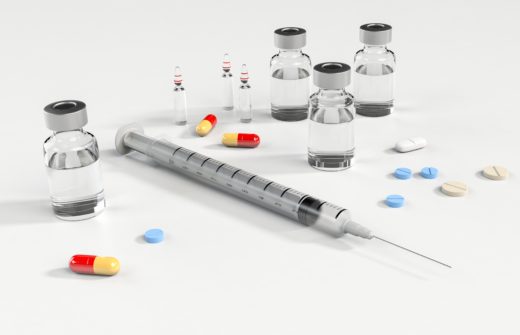What are the symptoms?
This infection is most often asymptomatic. If there are symptoms, they appear between a few days and a few weeks after contamination: burns when urinating, stomach aches, sometimes pus discharge from the head of the penis. Chlamydia can also infect the anus – this is manifested by LGV (Lymphogranuloma Venereum) – or the throat.
If left untreated, the infection may degenerate and spread to the testicles and the prostate.
Can this be cured?
Yes, thanks to a very effective antibiotic treatment.
Where and when to consult?
Regularly, especially if you have many partners, as part of a sexual health check-up, because you may be infected without your knowing. Chlamydia screening is based on an analysis of your urine. A sample can also be taken from the anus or throat depending on the infection site. You can consult with your doctor, go to a specialized health center, a screening center or a Checkpoint1.
How to prevent chlamydia with oral sex?
During your treatment, avoid blowjobs. While a condom remains the best protection against the risk of chlamydia transmission, it does not protect the entire contaminating area. Notifying your partners will allow them to be treated as well and will prevent you from becoming infected again.
.
Français






